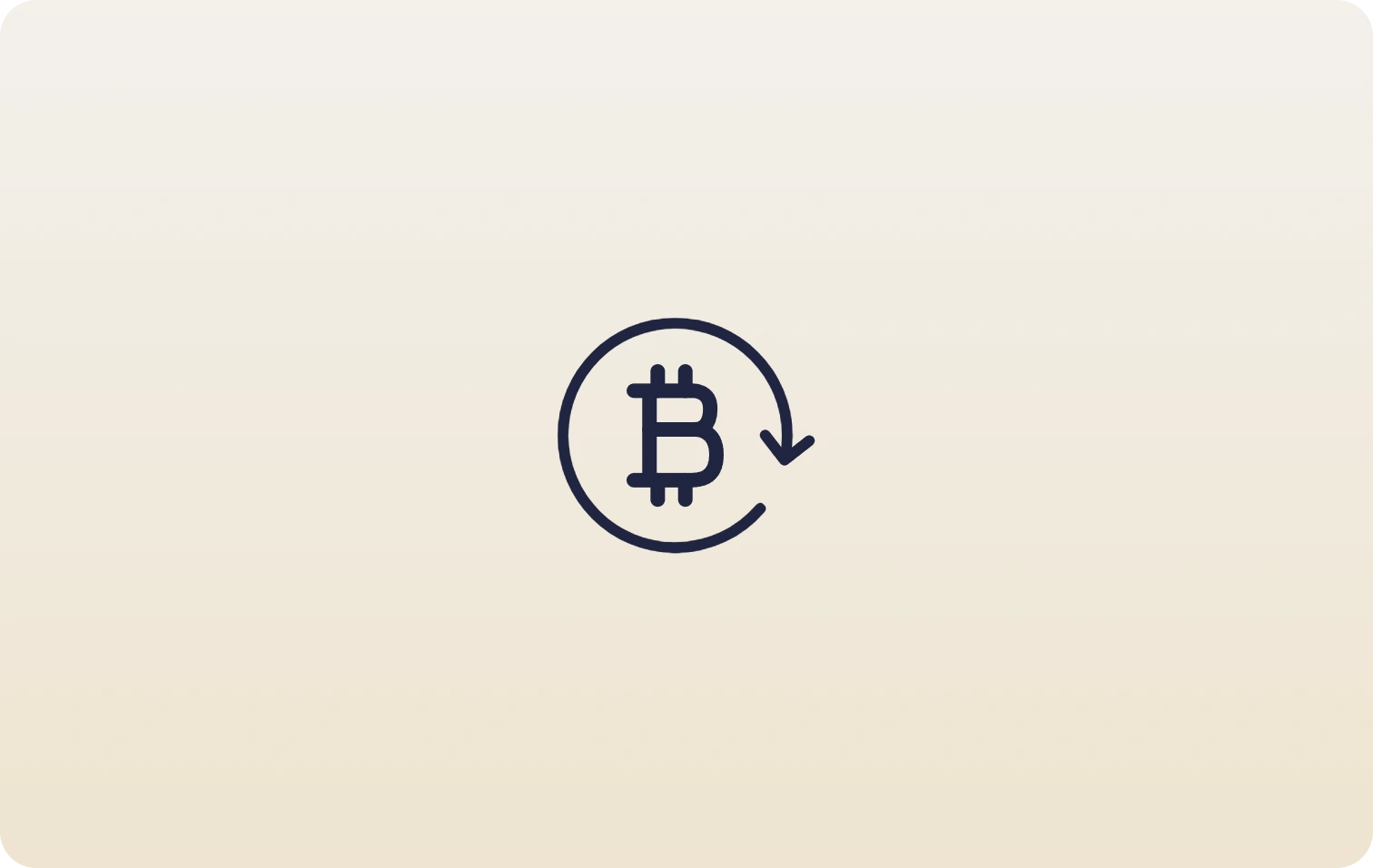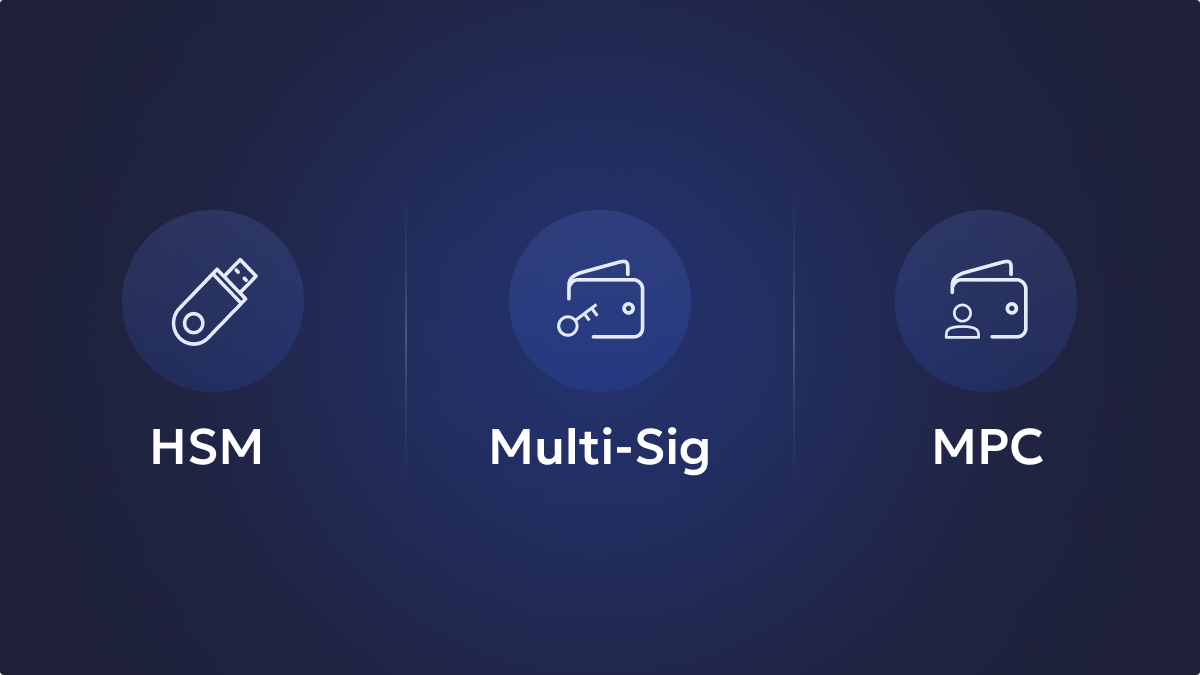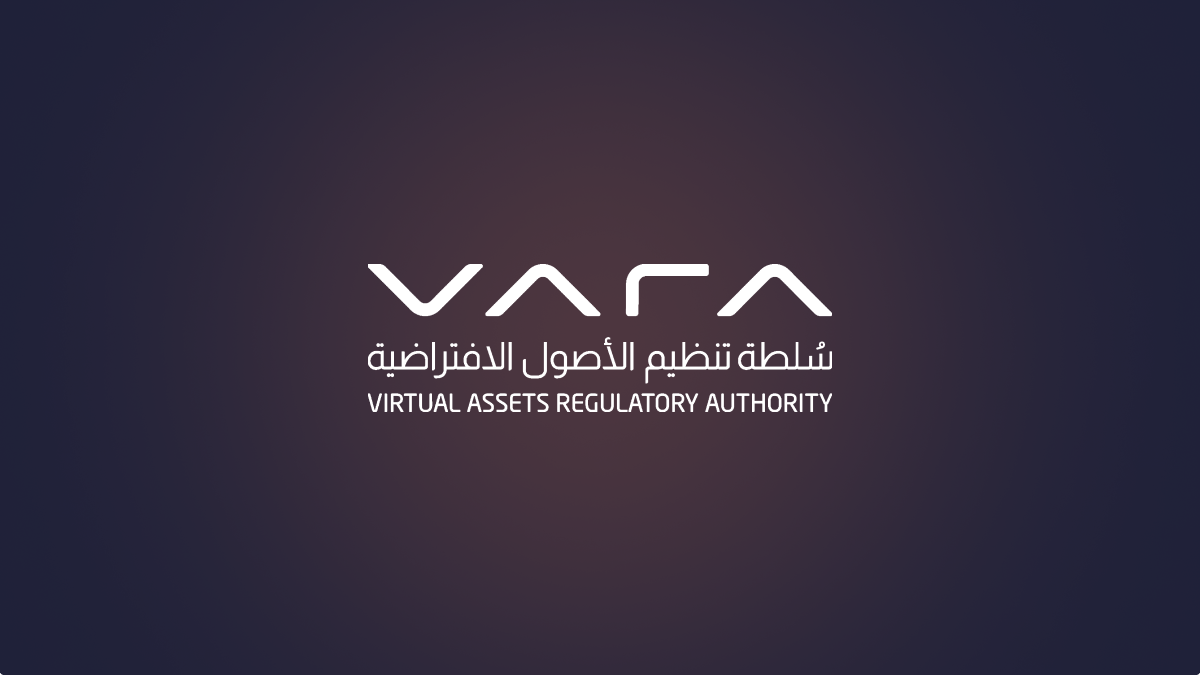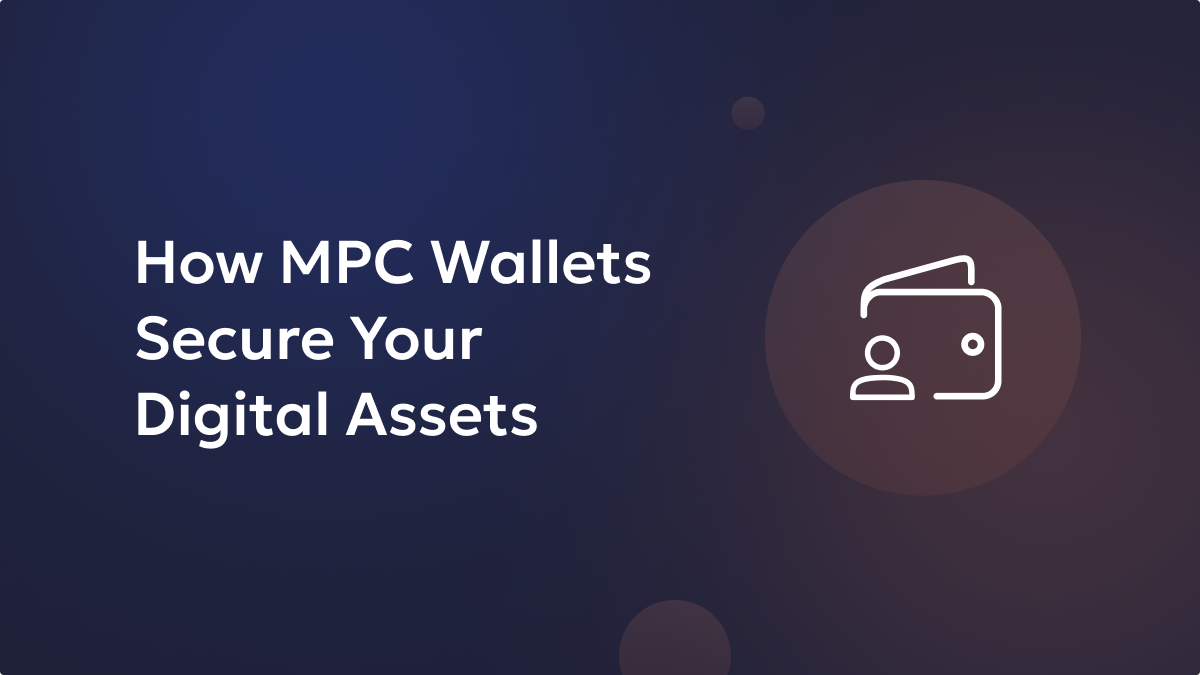Blockchain technology is poised to revolutionize the financial sector by facilitating the division of assets into smaller units and ensuring digital ownership. This advancement promotes the democratization of investment opportunities in traditionally illiquid assets, paving the way for fairer and more efficient markets. Within the last few years, asset tokenization in the blockchain ecosystem has emerged as a widely adopted practice to secure asset ownership, safeguard data, and enable participation in cryptocurrency investments. Although many individuals grasp the notion of a crypto token, they may need help comprehending the concept of tokenization and its practical applications in the world of finance.
Key Takeaways:
- Asset tokenization helps fractionalize assets and represents ownership rights in the form of digital tokens on a public blockchain network.
- Asset tokenization blockchain platforms are designed to transform the way asset-holders exchange information and value.
What is asset tokenization? Explained!
Asset tokenization is a process in which the ownership rights of an asset are transformed into digital tokens and securely stored on a blockchain. These tokens function as digital certificates representing various valuable physical, digital, fungible, or non-fungible objects. By being recorded on a tokenization blockchain, asset owners can retain custody of their assets, especially if held in their secure cryptocurrency wallet. To understand the mechanics and significance of asset tokenization, it’s essential to revisit the fundamentals of Web3 technology. Smart contracts are digital cryptographic agreements created using computer code. These contracts are stored on a highly secure blockchain database or ledger. By developing a smart contract on a blockchain, developers can issue tokens. Consecutively, they can associate positive balances with a series of the wallet or smart contract addresses. Additionally, these smart contracts include functions that empower crypto holders controlling those addresses to modify the balances by adding or subtracting from them.
Unlock the potential of digital assets for your institution
Examples of different types of tokenization in the blockchain:
Physical asset tokenization:
A wide range of real-world assets can be tokenized on tokenization blockchain platforms. Fiat currency, stocks, government bonds, credit, commodities, carbon credits, intellectual property, and fine art are among them. Similar to gold bullion warrants and property deeds, these tokens represent ownership and entitle the holder to a stake in the corresponding real-world asset. However, the notable distinction is that physical asset tokenization in blockchain allows for storing, trading, and utilizing assets as collateral across various tokenization blockchain networks.
Virtual asset tokenization:
In the context of Web3, the tokenization of assets that solely exist in a digital format on a blockchain network holds significant importance. This is particularly relevant for scenarios involving DAO governance rights and cross-chain assets. By tokenizing these purely digital assets on a blockchain, owners can possess the asset directly rather than merely holding a claim on the underlying asset. This digital nature of tokenized assets facilitates seamless ownership and enhances the overall functionality of Web3 applications.
In-game asset tokenization:
In digital asset tokenization, a specific category exists known as in-game assets, commonly found in GameFi projects and metaverses. These in-game assets encompass items like skins, weapons, or in-game currencies, which can be effectively represented as tokenized assets. By tokenizing these assets, their ownership and transfer can be securely facilitated within the gaming ecosystem, enabling users to engage with and trade these valuable virtual possessions.
Secure and manage your digital assets with Liminal
How does asset tokenization work?
Tokens serve as substitutes for real assets or information. Their creation can be accomplished through various techniques, such as reversible cryptographic functions, nonreversible functions, or randomly generated numbers. These tokens are linked to transaction details, which are stored on a decentralized ledger known as the blockchain. This linkage ensures the secure ownership of an asset, as transactions can be verified using data from the blockchain. In cases where asset tokenization is employed to safeguard payment information, sellers utilize a payment gateway that typically automates the token creation process while storing the original data separately. The token itself is transmitted to a payment processor, which can be traced back to the original information stored on the blockchain or in the seller’s token vault.
What can be tokenized?
Tokenization blockchain opens limitless possibilities by enabling fractional ownership and proof-of-ownership. It extends beyond conventional assets like venture capital funds, bonds, commodities, and real estate properties to encompass more unique and unconventional assets such as sports teams, racehorses, artwork, and even celebrities. Companies across the globe are leveraging blockchain technology to tokenize a wide array of assets. While the range of tokenized assets is vast, they can generally be categorized into four main groups:
Personal and business assets An asset refers to any valuable item that holds the potential to be converted into cash. Assets can be classified into two main categories: personal and business. Personal assets encompass items such as cash and property that individuals own. On the other hand, business assets comprise the assets recorded on a company’s balance sheet.
Equity and shares Equity, represented by shares, can undergo tokenization, wherein the assets are preserved as digital security tokens stored securely in online wallets. Typically, investors have the opportunity to purchase these shares through stock exchanges, facilitating the trading of tokenized equity.
Investment Funds Investment funds can be tokenized, allowing investors to hold tokens representing their ownership or share in the fund. Through the issuance of tokens, each investor is provided with a representation of their specific portion or stake in the fund. These tokens serve as a digital representation of the investor’s share in the investment fund.
Goods and Services As a means to raise funds or carry out their operations, businesses have the option to offer goods or services. Investors can utilize tokens to acquire these goods or services directly from the business or supplier. By utilizing tokens, investors can participate in transactions and exchange them for the goods or services the business offers.
Upsides of asset tokenization:
Improved Liquidity: Tokenizing assets provides asset owners with enhanced liquidity. Whether an individual possesses illiquid assets that are challenging to sell or intangible assets such as digital collectibles, tokenization in blockchain empowers organizations to obtain greater liquidity from their assets. Furthermore, augmented liquidity proves advantageous even for substantial conventional assets like real estate properties. This approach allows owners to retain ownership of the entire property while still accessing a portion of its value.
Lower Asset Management Costs: Asset management can often incur significant costs, particularly when it comes to selling ownership shares. However, through tokenization, these expenses can be reduced or even eliminated. Leveraging tokenization diminishes the necessity for lawyers and other intermediaries, thereby lowering standard asset management expenses.
Better Prices: Tokenization is a valuable solution for organizations dealing with illiquid assets that are challenging to sell. When an asset lacks an established or limited market, owners often have to lower the asset’s price significantly to facilitate a sale. Through tokenization, owners can partially sell their ownership stake in the asset. This process effectively eliminates the need for an illiquidity discount, allowing them to obtain a fair and reasonable price for their asset. By breaking down ownership into fractions represented by tokens, tokenization blockchain opens new possibilities for maximizing value and overcoming the limitations posed by illiquidity.
Various types of tokenization in blockchain
Fungible tokenization: Fungible tokens are commonly used in blockchain networks and possess uniform values, making them interchangeable with one another. They can be likened to swapping one dollar bill for another, as their identical nature allows for seamless substitution.
Non-fungible tokenization: Non-fungible tokenization is a less prevalent type of blockchain token without a predetermined value. Instead, these tokens symbolize ownership of specific assets like digital art or real estate, wherein the inherent value of the underlying asset determines the token’s worth.
Governance tokenization: Governance tokens represent voting rights, enabling users to actively participate in voting and engage in collaborative efforts within a blockchain system.
Utility tokenization: Utility tokens serve the purpose of granting access to specific products and services within a particular blockchain ecosystem. They enable users to perform various actions, such as paying transaction fees or operating decentralized market systems, facilitating seamless engagement with the platform’s functionalities.
Conclusion
Tokenization blockchain has played a significant role in safeguarding business data over the years, and now it is expanding its reach to facilitate the global trading of asset ownership. However, several obstacles still impede asset tokenization from realizing its full potential as an investment mechanism. The landscape of technology and investment regulations varies across countries, creating complexities in establishing seamless transactions. Governments are gradually adapting their regulations, and the increasing awareness and understanding of tokens contributes to the growth of this technology, gradually gaining recognition as a powerful financial tool. Individuals facing barriers in traditional markets and seeking investment opportunities can explore novel avenues that leverage tokenization to digitize asset value. For instance, investors with limited capital might consider venturing into cryptocurrency or tokenized real estate as potential options. Regardless of the investment path chosen, a thorough evaluation of any investment opportunity is paramount before making any commitments or decisions. Investors should exercise due diligence and scrutiny to ensure informed choices in their investment endeavors.






